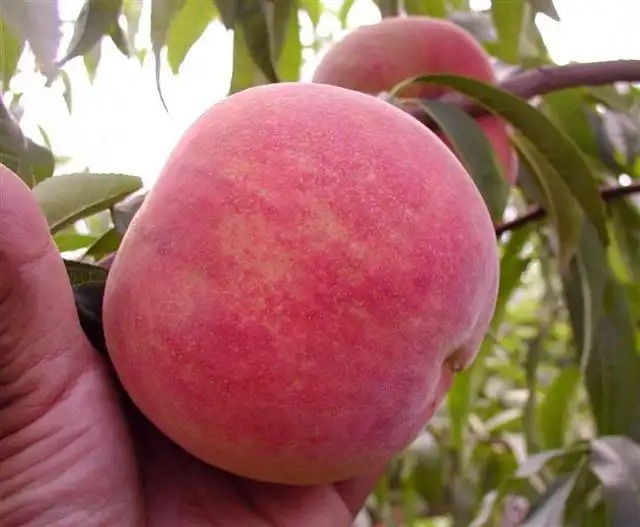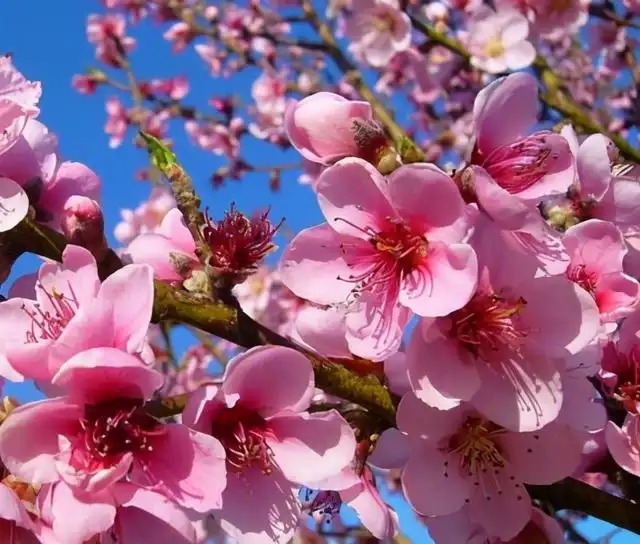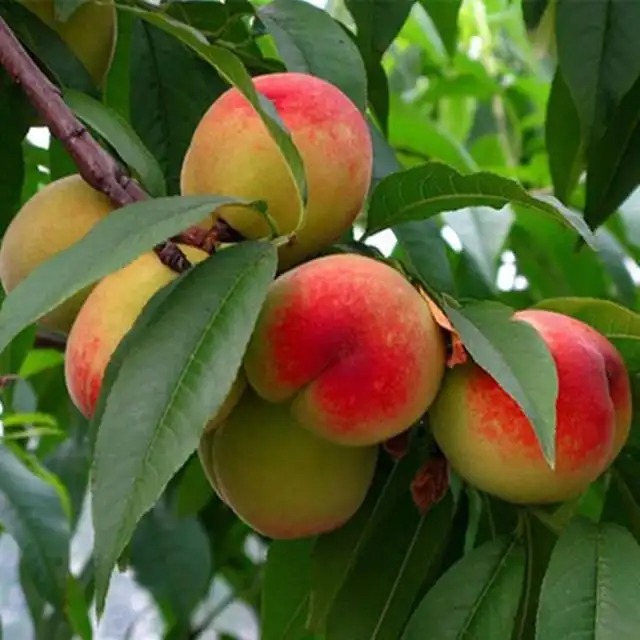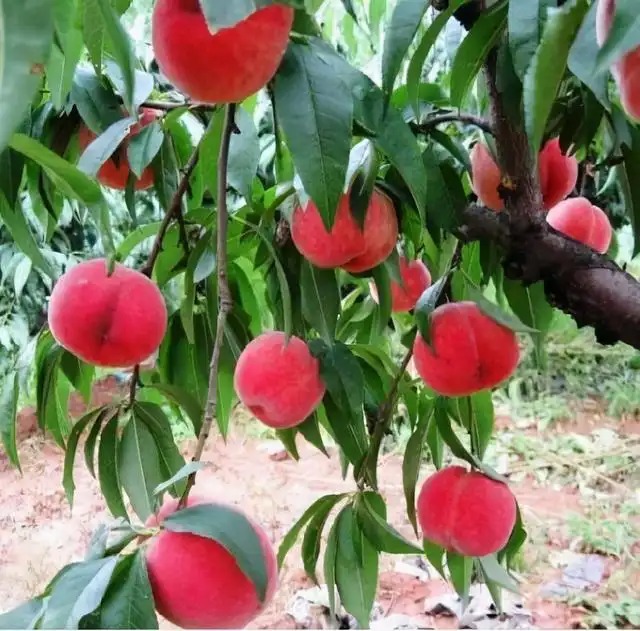Peach tree planting: using dense planting method, a full set of detailed different garden construction plans
Like many entertainment essays, I also want to agree with you, but I don't want to go against the original intention. I hope to convey agricultural knowledge in direct, effective and concise words.
Artistic moment!
You are so sweet, you must have been sent by Peach!
I believe that many people like peaches, like the taste of peaches, and like this sweet taste of summer.

OK! Now let's get to the point. This article will summarize the current peach tree planting technology. The theme of this issue is how to build a garden. In the article, you will see specific planting>
Flatland cultivation
Generally, the spacing between rows and plants on flat land is 4 to 5 meters. Please note that both the spacing between rows and plants is based on this standard. This planting method is relatively old, and this size is no longer used in current planting.
Mountain cultivation
The plant spacing in the mountains is 3-4 meters, and the row spacing is 4-5 meters. This moderate planting density can ensure that each peach tree can carry out sufficient photosynthesis and ensure the healthy growth of peach trees. In fact, the fruit grown in the mountains may taste better if irrigation is convenient.

Close planting
When planting peach trees using dense planting technology, reasonable planting should be carried out according to the land area and planting characteristics. Taking open field planting as an example, when planting peach trees, the distance between the land boundary and the first row of peach trees should be controlled within 1.5-2 meters, and the distance between the third row and the second row, and the distance between the second row and the first row should be controlled at about 3 meters and 2 meters respectively. If fruit farmers need to build a greenhouse for peach trees, the distance between the legs of the greenhouse should be included in the calculation process. The distance between the legs of the greenhouse and the edge of the row is equal to the row spacing divided by two plus two and a half meters. The greenhouse dense planting method can be carried out through calculation, but in the process of supporting the inside of the greenhouse, it is necessary to pay attention to the implementation along the support and to ensure a reasonable height of the edge of the greenhouse, and to carry out reasonable dense planting according to the actual situation. The direction of the rows should be controlled according to the orientation of the greenhouse or arch shed, and consistency should be maintained during the process, so as to provide convenience for the operation of film covering and micro-tillage machine farming. However, in the dense planting cultivation in the greenhouse, the basal fertilizer should be applied before planting, that is, around autumn, to avoid deep planting, thereby ensuring the timeliness of watering and film covering and promoting the healthy growth of peach trees.

Efficient cultivation
Pay attention to these three points for efficient cultivation. First, promote wide-row, narrow-plant and dense planting. Peach trees have a large growth volume, and traditional cultivation is relatively sparse, with most of the number of plants planted per mu being less than 54. In recent years, with the gradual implementation of intensive and mechanized cultivation, the peach cultivation model has begun to shift to wide-row, narrow-plant and dense planting. This model has good ventilation and light transmission, adapts to the light-loving characteristics of peach trees, has a large spacing between rows, is conducive to mechanical operations, implements machinery instead of people, reduces the labor intensity of orchards, and improves labor efficiency, becoming one of the main modes of peach cultivation. Usually, standard planting with a spacing of 1 to 1.5 m and a row spacing of 5 m can be adopted. Because peach trees are easy to bloom and enter the fruiting period early, it is easier to control the crown, and dense planting is conducive to increasing early yields and early returns. After entering the peak fruiting period, according to actual conditions, the method of thinning can be adopted to transform the spacing of 2 to 3 m and the row spacing of 5 m. Second, promote high ridge cultivation. The root system of peach trees is highly aerobic and not tolerant to waterlogging. Ridge cultivation can concentrate the relatively nutrient-rich topsoil near the rhizosphere, forming a soil structure that is conducive to the growth of peach trees. It can also effectively control the water supply in the root distribution area and prevent rainwaterlogging. In southern regions with heavy rainfall, high ridge cultivation has become the main cultivation method. The third is to promote grass cultivation. The lighter flavor of peach fruits is a common problem in production, and the main reason for the lighter flavor is the serious decline in soil organic matter content and insufficient replenishment. At present, the lack of farmyard manure and the lack of stamina for the development of peach orchards have become the main reasons restricting peach production. Grass cultivation can increase the organic matter content of orchards.
